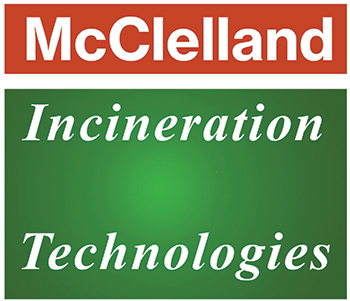 Introduction
Introduction
Waste management is a global challenge that requires diverse solutions tailored to local contexts and priorities.
Incineration — as a key method of waste disposal and resource recovery — is implemented differently across the world, reflecting:
✅ Varying regulatory frameworks
✅ Cultural attitudes
✅ Technological advancements
✅ Socioeconomic factors
Let’s take a journey to explore how incineration is practiced in different regions — and the valuable lessons we can learn from these global perspectives.
For more insights on industrial incinerator solutions, visit www.mcclellandindia.com — a trusted incinerator supplier in India, based in Mumbai, with projects across Gujarat, Maharashtra, and nationwide.
Europe: Leading Innovation in Waste-to-Energy
✅ Europe leads the way in incineration technology and regulatory innovation.
Key highlights:
✅ Stringent emissions standards
✅ Mandatory recycling targets
✅ Extended producer responsibility laws
Countries such as:
-
Sweden
-
Denmark
→ have achieved remarkable success in waste-to-energy utilization:
✅ Incinerators supply district heating networks
✅ Generate electricity for national grids
✅ Integrated into circular economy models
North America: Urban Solutions and Regulatory Focus
In North America, incineration plays a significant role in:
✅ Urban waste management
✅ Regions facing landfill capacity constraints
Key trends:
✅ United States → widespread waste-to-energy incineration
✅ Canada → more cautious approach, focusing on:
✅ Public consultation
✅ Rigorous emissions control
Modern facilities employ advanced pollution control to ensure compliance with air quality standards and protect public health.
Asia: Diverse Approaches to Incineration
In Asia, incineration practices vary widely due to:
✅ Economic development
✅ Population density
✅ Waste composition
Leaders in waste-to-energy:
✅ Japan
✅ South Korea
→ utilize state-of-the-art incineration to:
✅ Address limited landfill space
✅ Enhance energy security
✅ Prioritize resource recovery
Challenges in developing countries include:
✅ Informal waste disposal
✅ Inadequate infrastructure
✅ Associated environmental and public health risks
Middle East: Emerging Waste-to-Energy Solutions
The Middle East is seeing growing interest in waste-to-energy incineration as part of:
✅ Sustainable waste management
✅ Energy diversification strategies
Key countries investing in incineration:
✅ United Arab Emirates (UAE)
✅ Qatar
Regional considerations:
✅ Cultural and social factors
✅ Water scarcity concerns
✅ Necessity for context-specific solutions
Africa: Evolving Practices and Community-Based Models
In Africa, incineration practices are:
✅ Diverse
✅ Rapidly evolving
✅ Shaped by economic, social, and environmental factors
Current trends:
✅ Exploration of waste-to-energy incineration for urban waste challenges
✅ Adoption of community-based approaches such as:
✅ Composting
✅ Decentralized waste management initiatives
Key challenges:
✅ Limited infrastructure
✅ Funding constraints
✅ Impact of informal waste sectors
Tailored solutions and international collaboration are essential for future progress.
Conclusion
Exploring incineration practices around the world provides valuable insights into:
✅ Diverse waste management approaches
✅ Technological innovations
✅ The complex balance between environmental, economic, and social considerations
Global collaboration — through shared:
✅ Knowledge
✅ Best practices
✅ Lessons learned
→ will drive progress toward sustainable waste management worldwide.
From Europe’s pioneering leadership to Asia’s innovative technologies, each region contributes to a collective journey toward a cleaner, greener future.
To explore advanced incinerator solutions tailored to India’s needs, connect with Mc Clelland Engineers Pvt. Ltd. — your trusted partner in modern, sustainable incineration technology.

